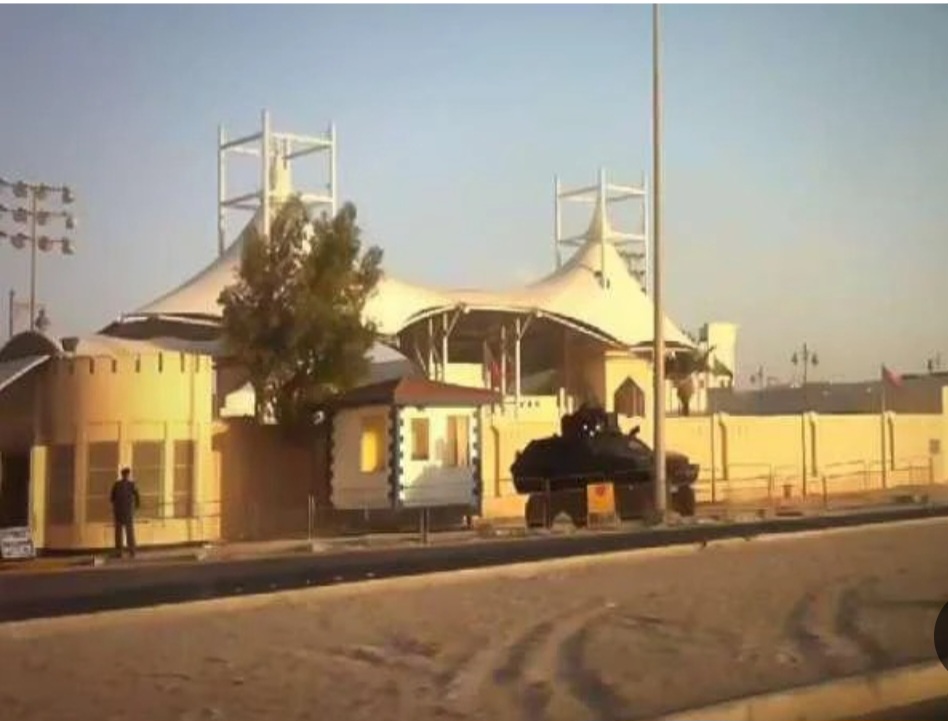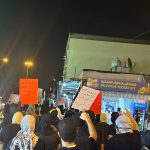Sources Reveal: Inhumane Retaliatory Measures After the Dry Dock Fire
Human rights defender Ibtisam Al-Saegh stated that several testimonies have emerged from inside the Dry Dock Prison, including accounts from recently released inmates, revealing shocking details of what young detainees were subjected to after the fire in Building 17, followed by inhumane retaliatory measures.
According to consistent testimonies, children and youths under the age of twenty-one—some as young as fifteen—were transferred to Building 16 after the fire, where they faced harsh punitive practices including crucifixion-like suspension, forced stripping and beatings, degrading treatment, and denial of contact with their families.
One audio testimony, conveyed by a recently released child, stated that the brutality of these practices exceeds what any human being, or even an animal, could endure.
It is worth noting that on August 17, a fire broke out in Building 17 of Dry Dock Prison, designated for minors (aged under 18 to 20). The fire caused thick smoke to cover the walls and ceilings, threatening the lives of prisoners. Some were later released, while others were transferred to Jau Prison.
The evacuation of inmates to the outdoor yard (emergency point) was delayed before they were moved to Building 16, which was not prepared to accommodate them. They were left without blankets, mattresses, or basic supplies, and some were placed in solitary confinement, shackled, and denied access to showers or restrooms. Prisoners over the age of 18 were transferred to Jau Prison, Building 2, Ward 5, eight days after the fire, without their daily necessities such as clothes or hygiene items. Meanwhile, minors remained in Building 16 at Dry Dock Prison under dire humanitarian conditions, suffering from water shortages, assaults and humiliations during transfers, and restricted call times.





























